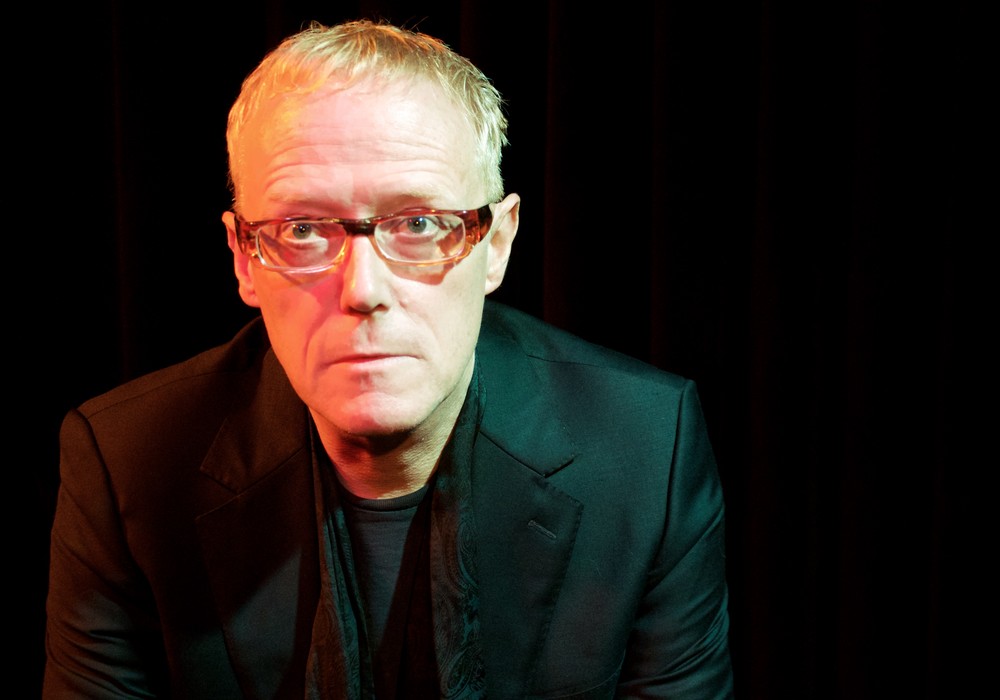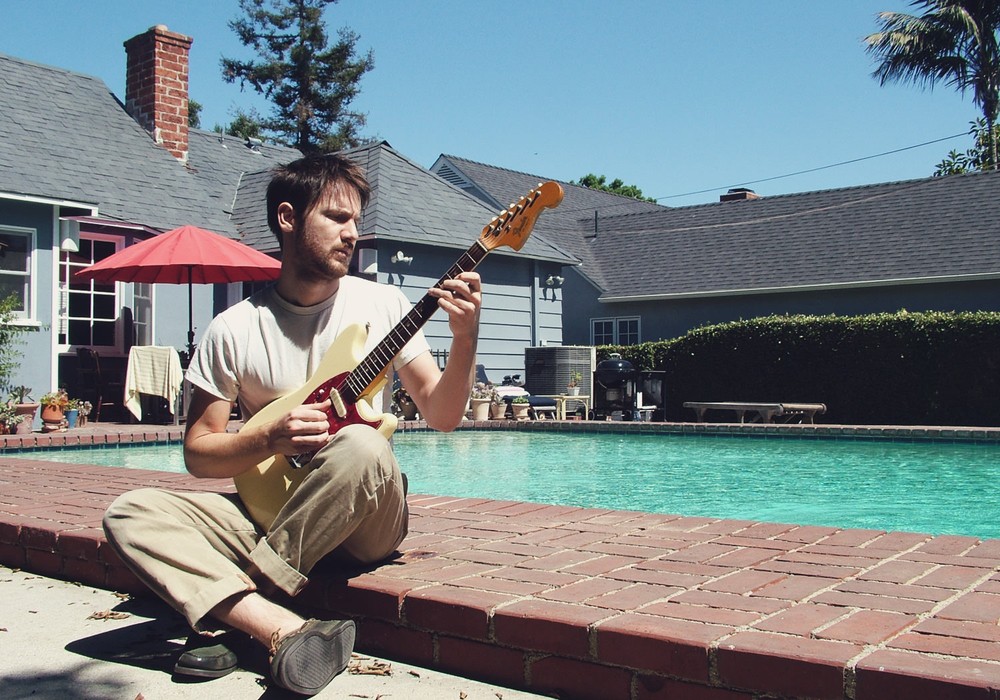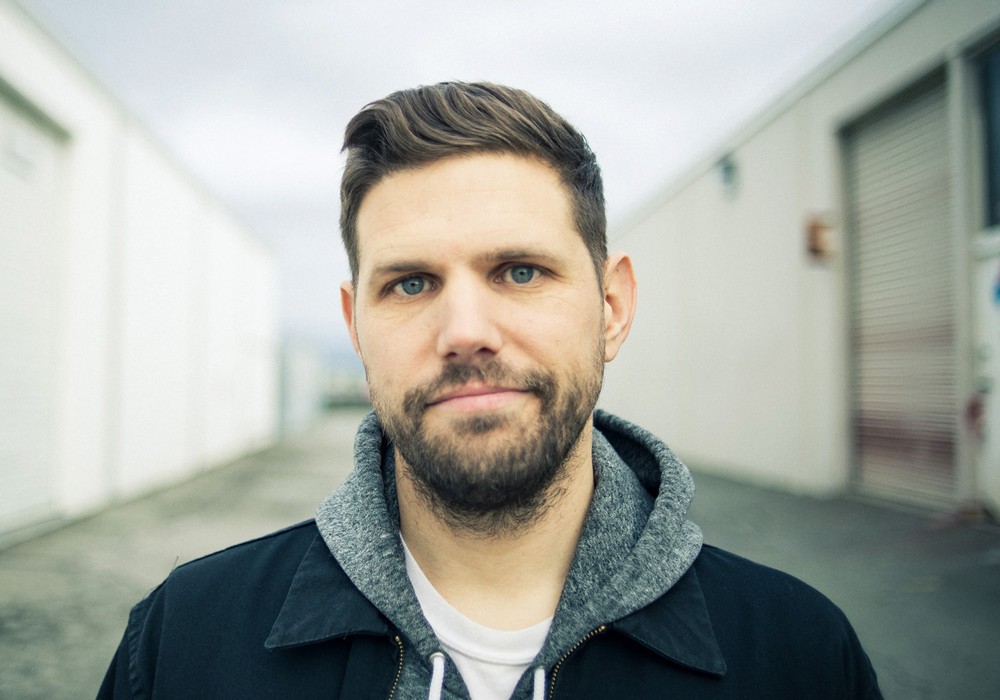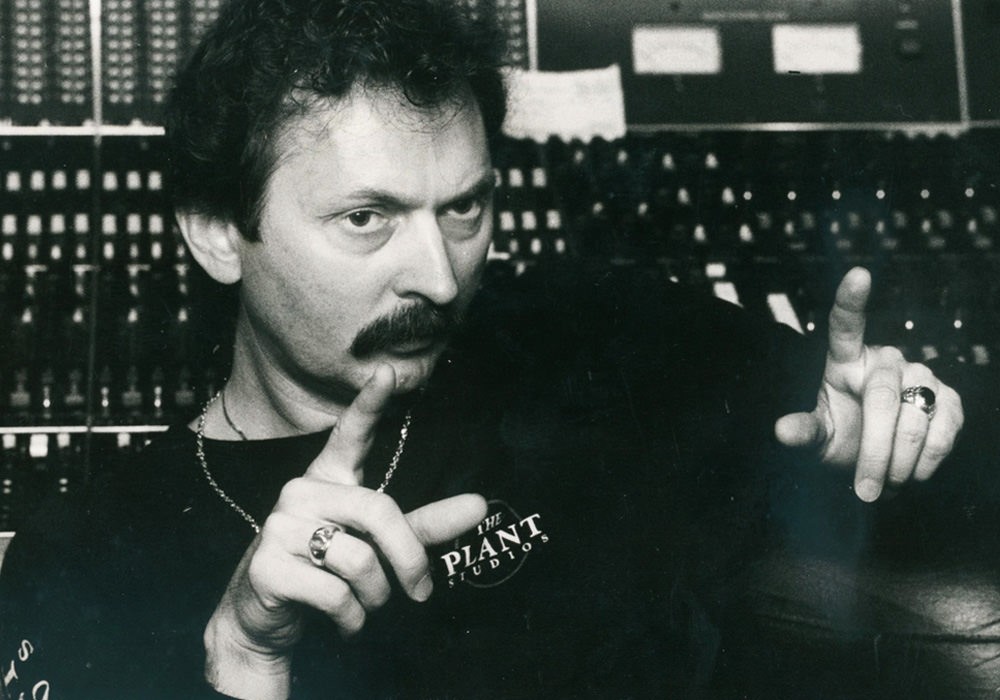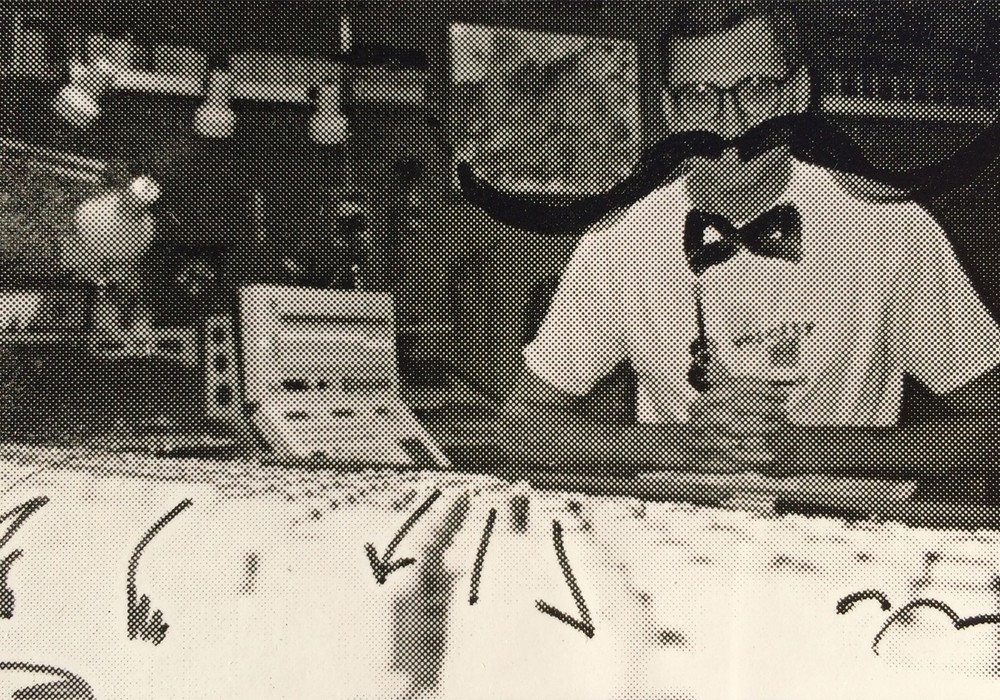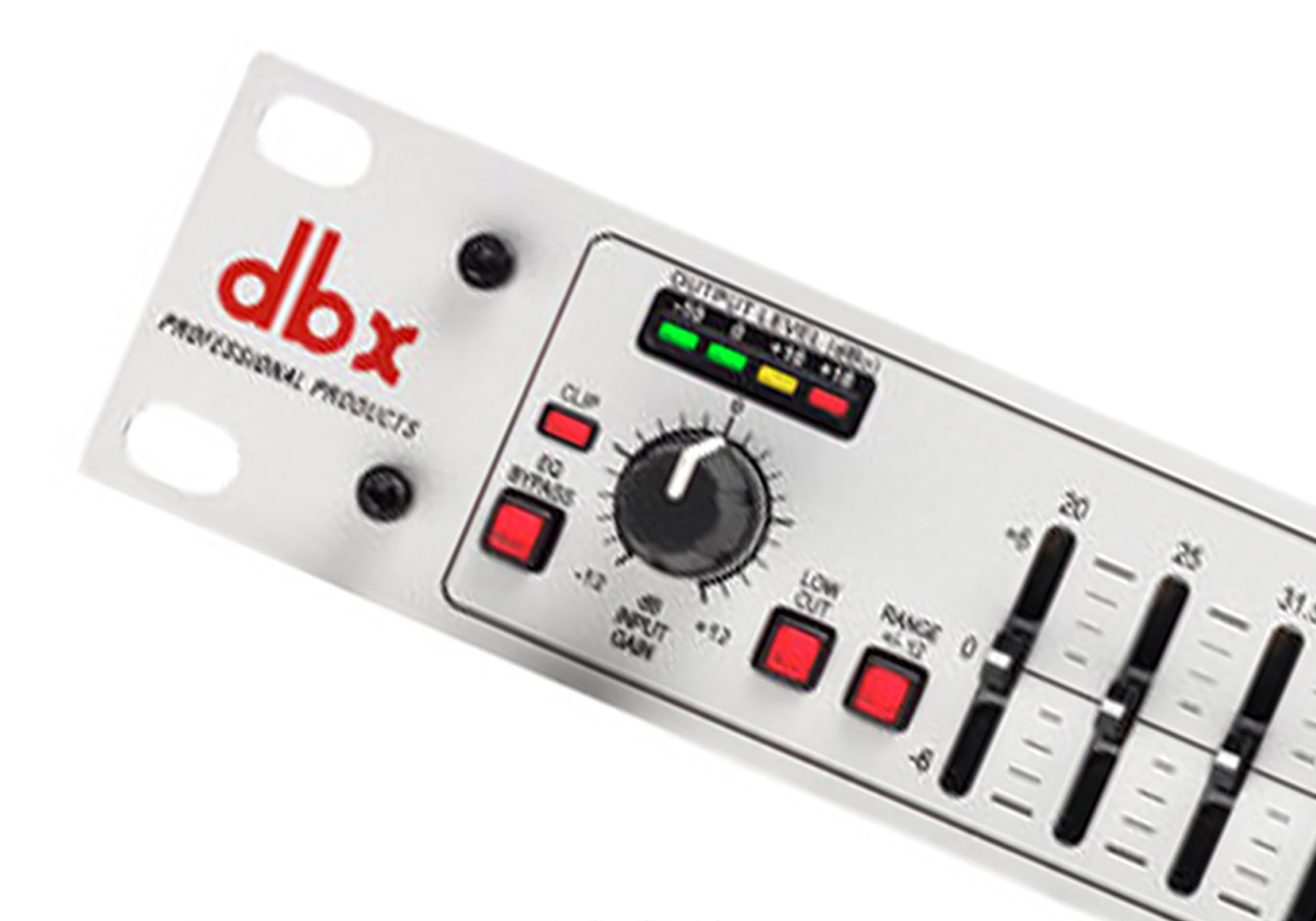Gaelynn Lea is one of the most original musicians and songwriters working today. She also happens, by chance, to be a wheelchair user. Incredibly prolific, she has released three solo albums, as well as six collaborations with various groups in the past decade. Hailing from northern Minnesota, she has developed a unique fiddle style by playing the violin like a cello. Her latest project is providing the score for the Broadway production of Macbeth, starring Daniel Craig and Ruth Negga.
What was your first recording experience?
In 2011, I recorded an EP [Imperfecta] with Alan Sparhawk [Tape Op #31] from the band Low. He lives in my town of Duluth, and we had started playing some music together for a live film score. We liked playing together, so we decided to form a band called The Murder of Crows – it was mostly instrumental. He would loop my music with a [Electro-Harmonix] Memory Man looping pedal, and I would play harmonies to what I was hearing. That is how I got started looping in the first place. We recorded that EP in my living room; and was the first recording I ever made. That was fun and low key, because we were just jamming and he edited out parts that didn’t work. It was all very experimental and atmospheric. Alan has tons of experience and knows what he is doing, so I felt at ease. Then, in 2013, I recorded another album [Hand by Hand] in an actual studio with a group I was in called Snöbarn. That was a full band project and a little more intense, but I was mostly just doing backup parts. The recording that sticks out to me was in 2015 when I recorded my first solo album [2015’s All the Roads that Lead Us Home]. For that one I rented out the Sacred Heart Music Center; a church turned recording studio that has beautiful acoustics. I was super nervous, so I hired this one engineer, Jake Larson, who I still work with. We got all of the album done in one afternoon, because it was live looping. But I was nervous when we were starting. I called my counselor and said, “I think I might be having a heart attack.” She said, “You might just be really nervous. Why don’t you go finish the session, and if you still feel this way afterwards then you should go to the hospital.” [laughs]
Wow, a “showbiz first” psychologist!
Yeah! But I didn’t die. When I first started doing recordings, I felt this pressure to get everything right. “Everything has to be perfect.” Because the recordings were live looping, I felt a lot of pressure. But, over time, I have begun to see recording as a sound sculpture that can be built throughout the process. That is a much more relaxing and fun way to think of it. But at the beginning, I didn’t have that perspective. Since it was a solo album, it was the first time I felt like, “Oh, no. I’m making an ‘album,’” and I got myself all worked up. Ever since that album, recording has been a lot more fun.
You tracked the entire album in one afternoon?
Yep. I played each song three times; I sang two of them and live-looped at the same time. It’s pretty raw, but it’s a cool album. It does have that special vibe because it was all done live and has a different feel than a multitracked record with tons of different musicians playing. It’s not broken up into pieces at all. After we recorded, I’d listen to the tracks and tell him when to fade in and fade out – “Start at second :24 and end at 3:21” or whatever – because that’s all we could do with the mixing since it’s all live and not multitracked. It only took three or four hours, but I had practiced a lot beforehand to get better with the looping pedal. I had a weekly, two-hour live gig at a pizza shop – Bulldog Pizza & Grill – for 12 months. No one was really listening at the pizza parlor; it was kind of background music. It was good practice. I even ended up doing my record release there.
How did you start looping yourself and playing solo?
Alan was the one who previously had always done all of the looping for me. He is so generous. About a year after we started working together, he came in with a looping pedal and an amp and said, “These are for you. You should...
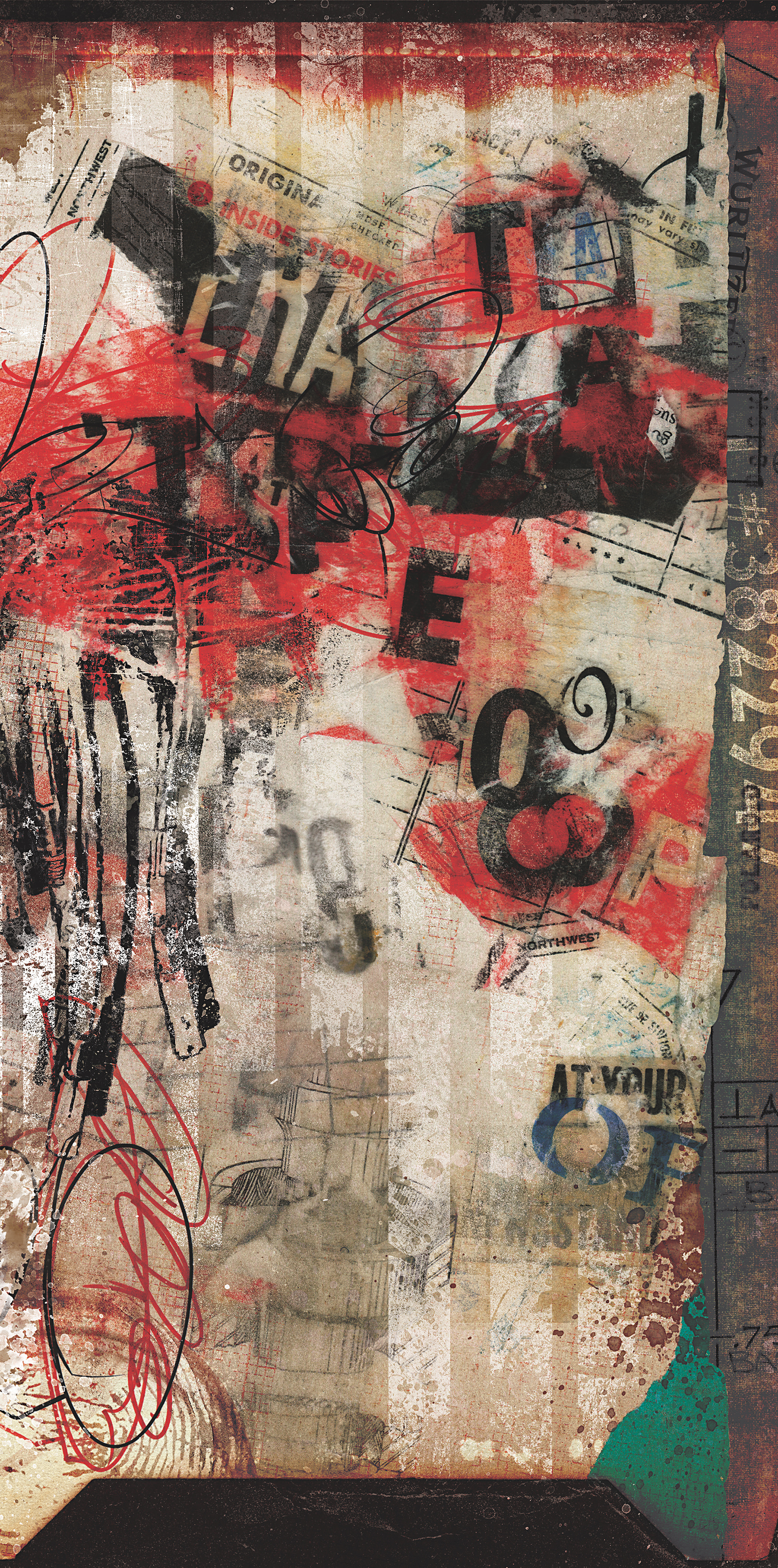

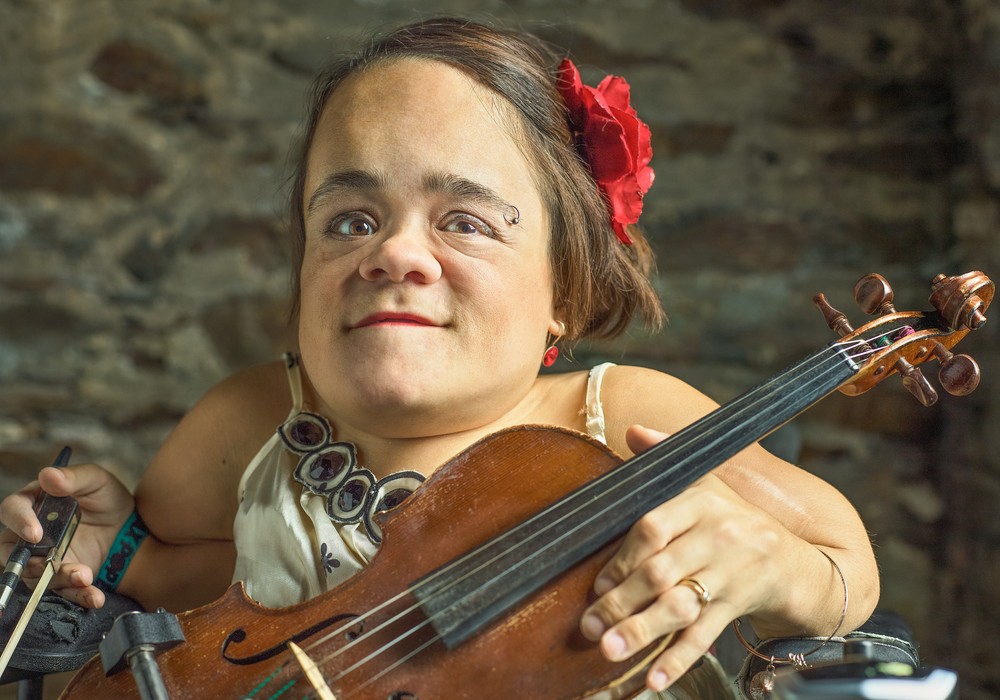
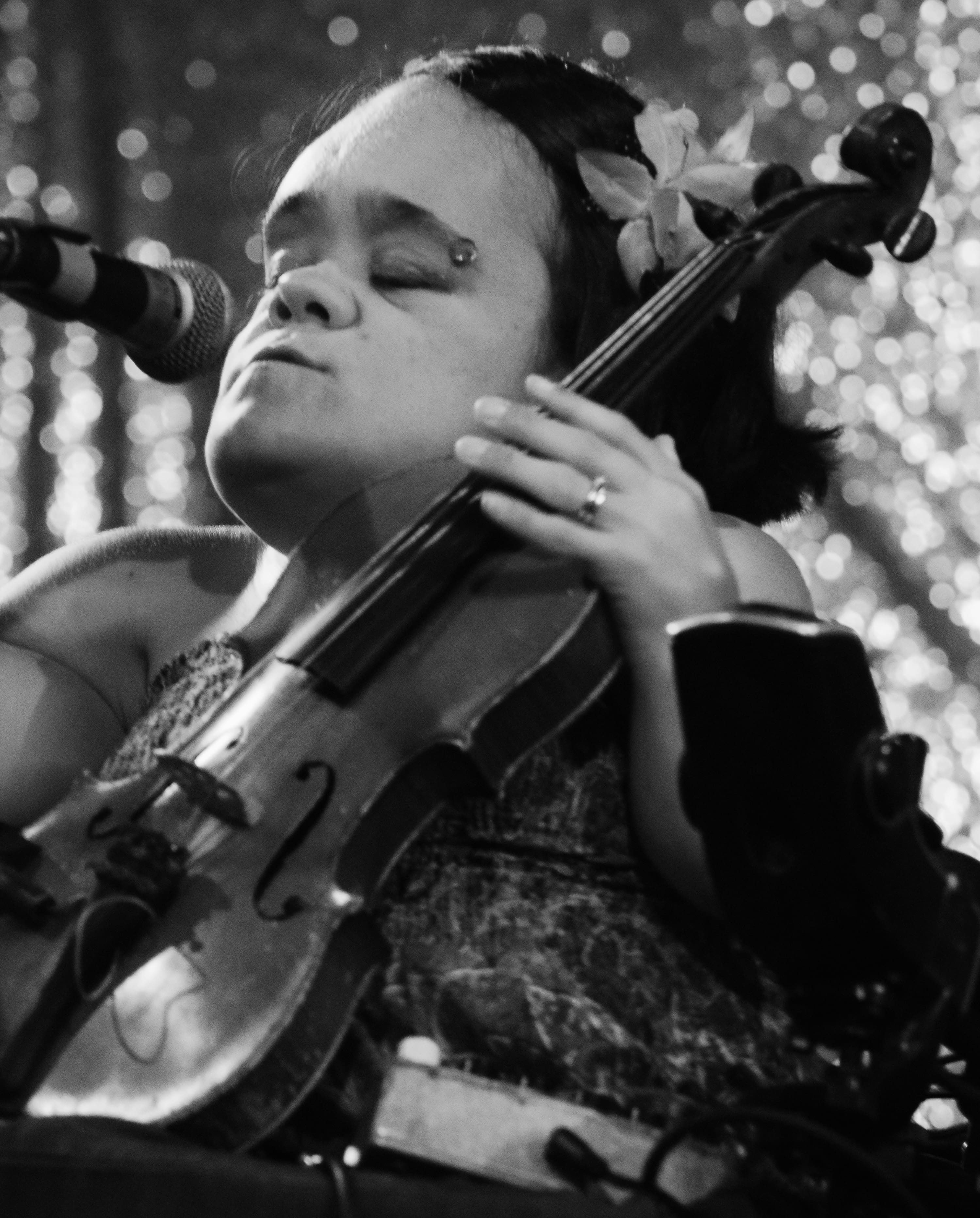
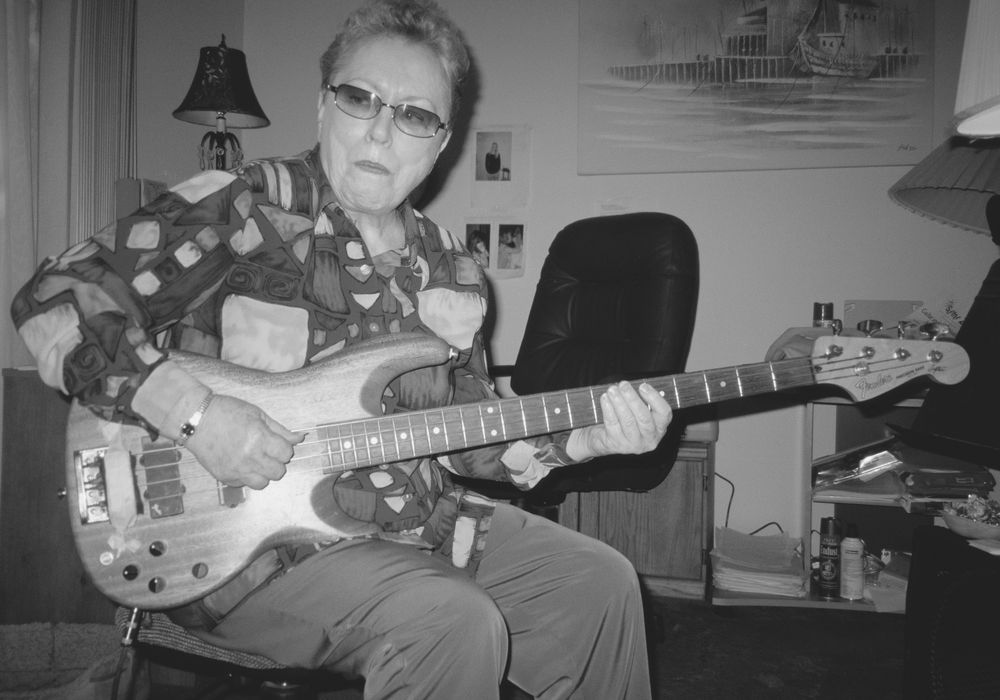
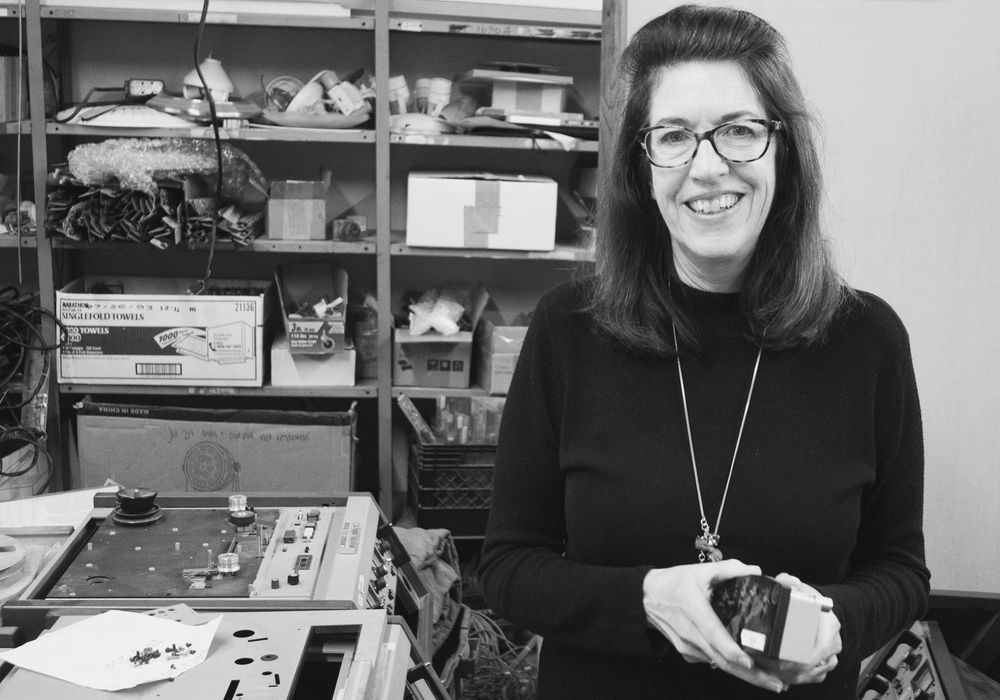
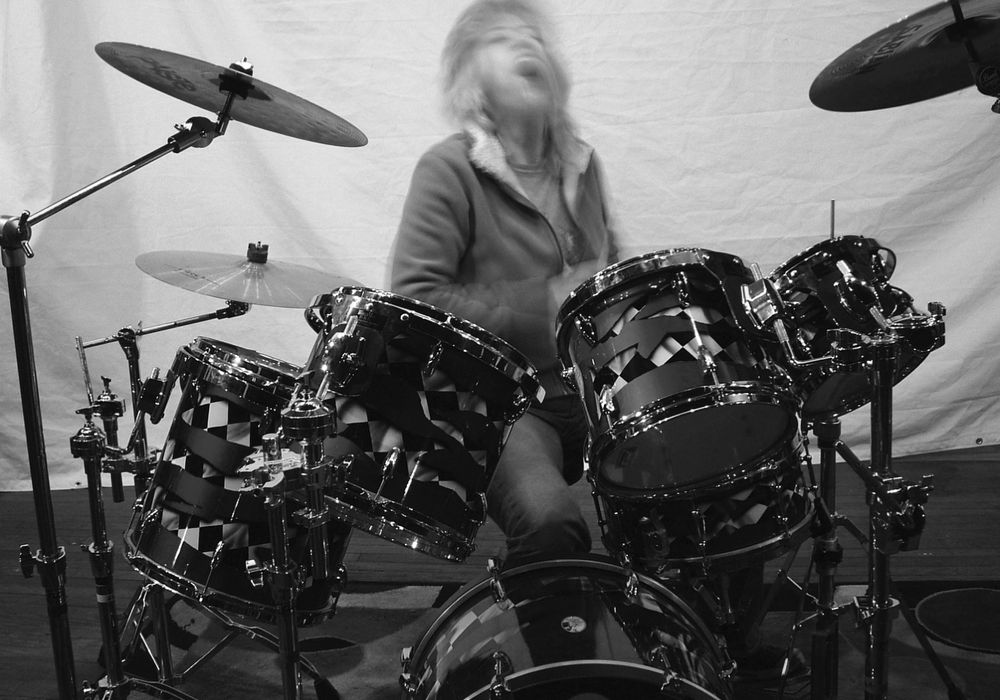
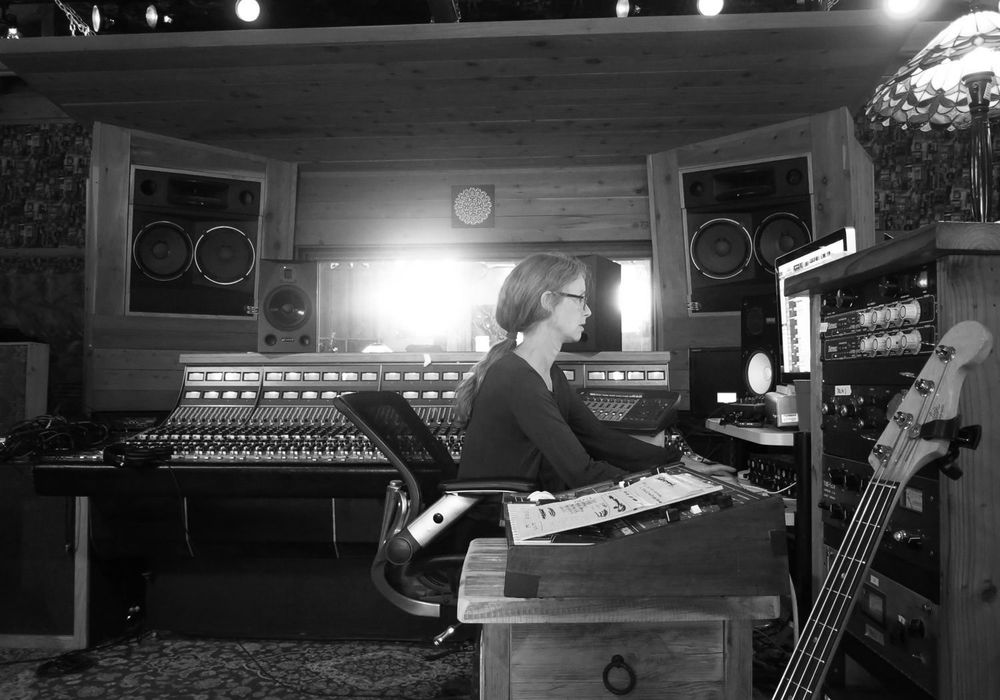
_display_horizontal.jpg)
